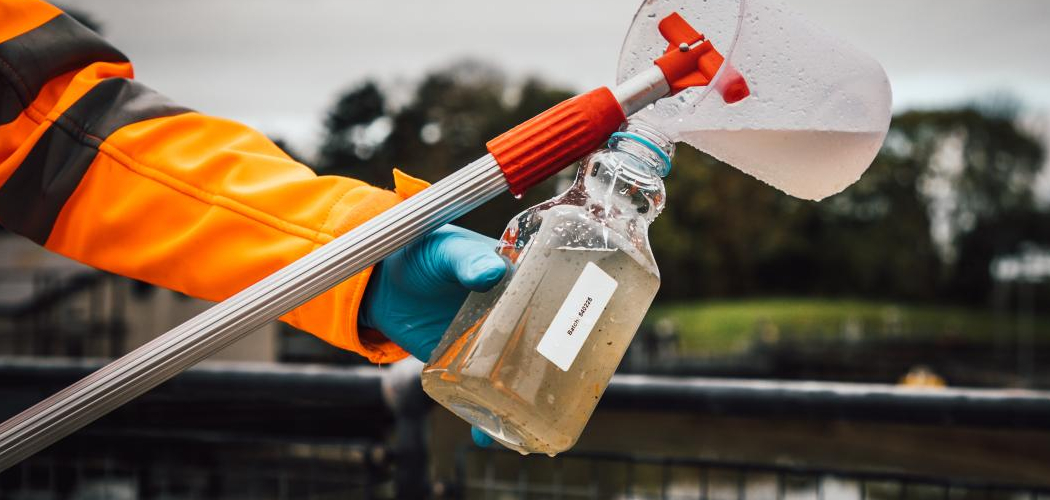Testing for sewage contamination in water is a crucial step in ensuring the safety and health of communities. Contaminated water can harbor harmful pathogens, chemicals, and pollutants that pose serious risks to human and environmental health. Understanding how to identify sewage in water allows for timely interventions to prevent waterborne illnesses and protect ecosystems. This guide provides an overview of how to test for sewage in water, helping individuals and organizations maintain clean and safe water sources.
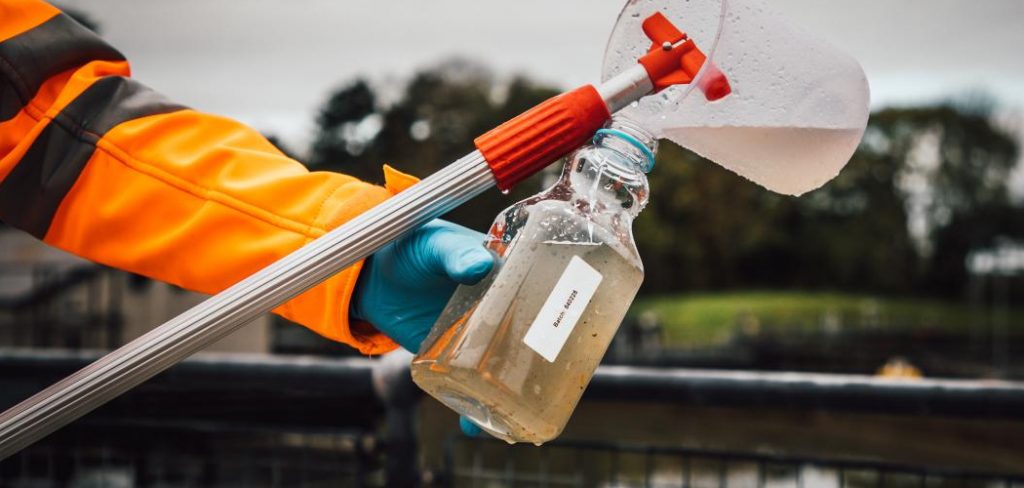
Why Detecting Sewage in Water is Critical
Detecting sewage in water is critical for safeguarding public health and preserving the environment. Sewage contamination introduces harmful bacteria, viruses, and parasites that can cause severe illnesses such as cholera, dysentery, and gastrointestinal infections. Additionally, the presence of toxic chemicals and heavy metals from sewage can harm aquatic life, disrupt ecosystems, and contaminate food chains. Ignoring sewage issues can lead to long-term societal and economic consequences, including costly clean-up efforts and healthcare burdens. By identifying and addressing sewage contamination promptly, we can ensure access to clean water, protect biodiversity, and create healthier, more sustainable communities.
Why Testing for Sewage Contamination Matters
Testing for sewage contamination is a critical step in safeguarding public health, preserving ecosystems, and ensuring sustainable development. By identifying pollutants early, testing helps prevent the spread of waterborne diseases, minimizing the risk of outbreaks in communities. It also enables authorities to locate and address sources of contamination, reducing environmental damage and protecting marine and freshwater habitats. Regular testing promotes accountability among industries and municipalities, encouraging adherence to waste management regulations. Furthermore, data collected through testing can guide policy-making, infrastructure investment, and educational efforts aimed at reducing pollution. Ultimately, proactive sewage contamination testing is an essential tool for building resilient and healthy societies.
10 Methods How to Test for Sewage in Water
1. Observe Visual and Sensory Indicators First
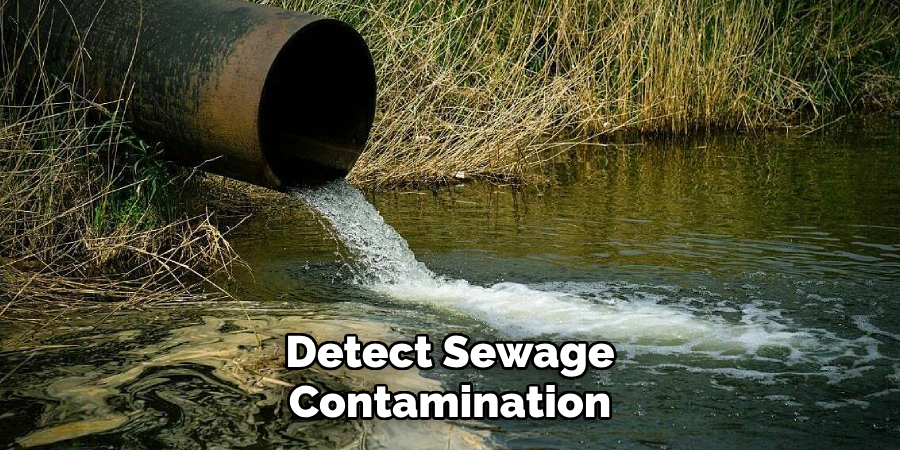
The most immediate and accessible method to detect sewage contamination is through observation. Water contaminated by sewage often has a cloudy or murky appearance and may contain floating debris, greasy films, or discoloration ranging from brownish-yellow to black. Additionally, a foul, sulfur-like or musty odor is a strong indicator of organic decay or human waste. Though not definitive proof of contamination, these sensory clues often prompt more rigorous testing and should never be ignored, especially if they coincide with symptoms like illness or skin irritation after exposure.
2. Use a Commercial Water Testing Kit for Coliform Bacteria
One of the most direct and effective tests for sewage in water is a coliform bacteria test. Coliforms are a group of bacteria found in the intestines of warm-blooded animals and humans, and their presence in water suggests fecal contamination. Test kits for total coliform and E. coli are widely available and involve collecting a water sample and placing it in a treated container or test vial. After incubation, color changes indicate the presence of bacteria. A positive result for E. coli is a red flag for sewage, as it directly indicates fecal matter in the water.
3. Conduct a Laboratory Fecal Coliform Test for Accuracy
For more precise results, sending a water sample to a certified laboratory for fecal coliform testing is highly recommended. Unlike general coliform tests, fecal coliform tests (including tests for E. coli specifically) use sophisticated incubation techniques and often apply the membrane filtration method to quantify bacterial presence. This test is especially important when confirming the safety of drinking water from wells, springs, or municipal lines after a sewage leak or flood.
4. Measure Ammonia and Nitrite Levels
Sewage is rich in nitrogenous waste, which includes ammonia and nitrite—compounds that are released during the breakdown of organic matter. Testing water for elevated levels of these compounds can indicate contamination by sewage or animal waste. Chemical test strips or digital meters can detect abnormal ammonia and nitrite concentrations. High readings, especially when combined with other signs of contamination, suggest the infiltration of waste material, warranting further microbiological testing.
5. Test for Nitrate and Phosphate Compounds
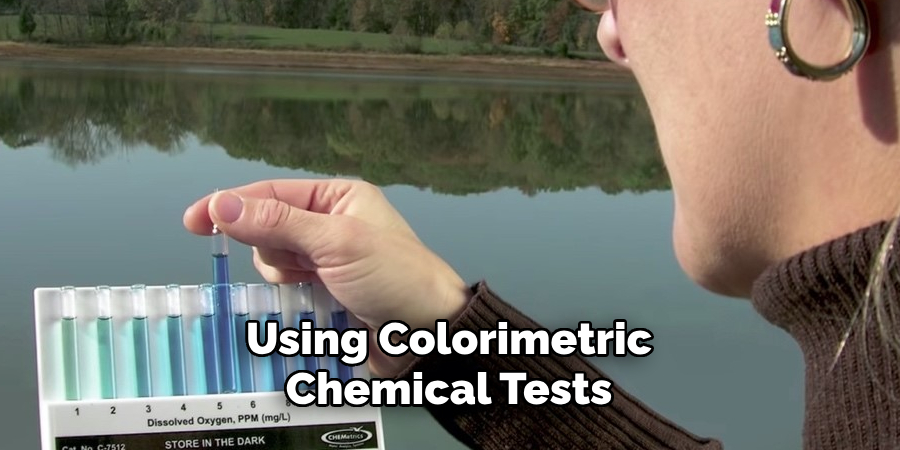
Like ammonia and nitrites, nitrates and phosphates are also found in human and animal waste and can enter water systems through sewage runoff or leaking septic tanks. These compounds can be measured using colorimetric chemical tests, often available in home water testing kits. Although nitrates and phosphates may also come from fertilizers, their presence in conjunction with coliforms and other sewage indicators strengthens the case for contamination. Additionally, high levels of these nutrients can promote algae blooms and disrupt aquatic ecosystems.
6. Analyze Water Turbidity and Suspended Solids
Sewage contamination often increases water turbidity due to the presence of suspended solids such as organic waste, debris, and microbial growth. A turbidity meter, or nephelometer, can measure how light passes through a water sample, providing an indication of the amount of particulate matter present. While turbidity alone isn’t definitive proof of sewage, elevated levels can suggest the presence of contaminants, especially when sudden changes are noticed in normally clear water.
7. Look for Pathogen DNA with PCR Testing
Polymerase Chain Reaction (PCR) testing is an advanced method that detects specific DNA or RNA sequences from pathogens found in sewage, such as norovirus, Hepatitis A, or enteric bacteria. This method is used in research and professional lab settings and offers highly accurate results. PCR testing can identify contamination sources and track outbreaks, although it requires specialized equipment and expertise. It is particularly useful in verifying contamination in municipal or recreational water sources following suspected sewage leaks.
8. Perform Fluorescence or Bioluminescence-Based Tests
Some commercial water test kits and laboratory services now use fluorescence or bioluminescence methods to detect microbial activity indicative of sewage contamination. These tests work by adding a reagent to the water sample, which then emits light when it comes into contact with metabolic byproducts of bacteria. The intensity of the glow is measured using a luminometer, giving a quick, sensitive assessment of contamination levels. Though not as specific as PCR, this method provides fast, field-ready results that can be especially useful during emergency water assessments.
9. Examine Biological Indicators in Natural Water Bodies
In natural streams, rivers, or lakes, biological indicators such as macroinvertebrate populations (e.g., mayflies, stoneflies) can offer insight into water quality. A sudden reduction in sensitive species, along with an increase in tolerant organisms like leeches or sludge worms, suggests pollution—often from sewage. Conducting a biological survey of aquatic life requires knowledge and practice, but environmental agencies often publish identification guides and training materials for public monitoring.
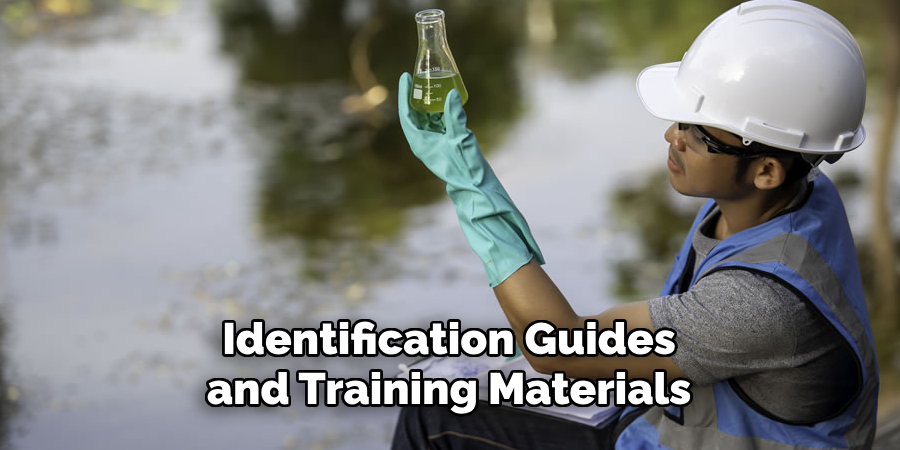
10. Use Dye Testing for Septic or Plumbing Source Tracing
If you suspect sewage is entering water from a septic system or broken sewer line, a dye test can help trace the source. Non-toxic fluorescent dye is flushed into a toilet or drain, and if it later appears in a nearby stream, pond, or well, it confirms that untreated sewage is leaking. This method is particularly useful for determining whether a private septic system is contaminating nearby water sources. It should be conducted under proper guidance to ensure safety and accuracy.
Things to Consider When Conducting a Dye Test
- Selection of Dye: Ensure that the dye used is non-toxic and environmentally safe to avoid harming aquatic life or contaminating water sources. Fluorescent dyes specifically designed for water tracing are ideal.
- Permission and Regulations: Before conducting a dye test, check local regulations and obtain any necessary permissions. Some areas may have restrictions on the use of tracing dyes.
- Professional Assistance: If you are unfamiliar with the process, consider hiring a professional. Experts can ensure correct application and interpretation of the results, minimizing errors.
- Timing and Conditions: Perform the test during dry weather conditions to prevent rainwater from diluting or washing away the dye, which could lead to inaccurate results.
- Monitoring the Results: Carefully monitor nearby water bodies where the dye is expected to appear. Use proper equipment or trained personnel for precise detection and documentation of findings.
By keeping these factors in mind, the dye test can be conducted effectively while maintaining environmental integrity.
Common Mistakes to Avoid
When conducting a dye test, there are several common mistakes to watch out for that could compromise the accuracy of the results or harm the environment:
- Using Excess Dye: Overapplying dye can lead to unnecessary environmental impact and make it hard to accurately track its dispersal.
- Improper Timing: Conducting the test during rainy or wet conditions can dilute the dye and skew results, making it difficult to draw accurate conclusions.
- Neglecting Permits and Regulations: Failing to obtain the necessary approvals or follow local environmental guidelines can result in legal issues and potential harm to ecosystems.
- Insufficient Monitoring: Lack of proper equipment or inadequate observation of test areas can lead to incomplete or inaccurate results.
- Not Accounting for Variables: Ignoring factors like water flow rates, temperature, or existing pollutants can affect the dispersion and detection of the dye, reducing the reliability of the test.
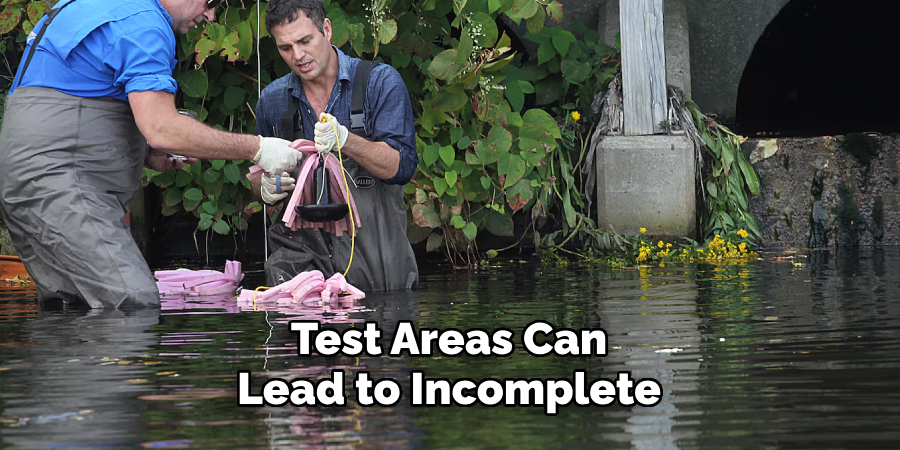
Avoiding these mistakes ensures a more accurate and environmentally responsible dye test.
Conclusion
Determining whether water is contaminated with sewage is a critical step in safeguarding public health and environmental integrity. While visual cues may offer the first hint of a problem, a thorough assessment combines microbiological, chemical, and field-based methods for accurate detection. From simple coliform kits to advanced DNA testing and dye tracing, each of these ten methods serves a purpose depending on the scope, urgency, and resources available. So, there you have it – a quick and easy guide on how to test for sewage in water.

